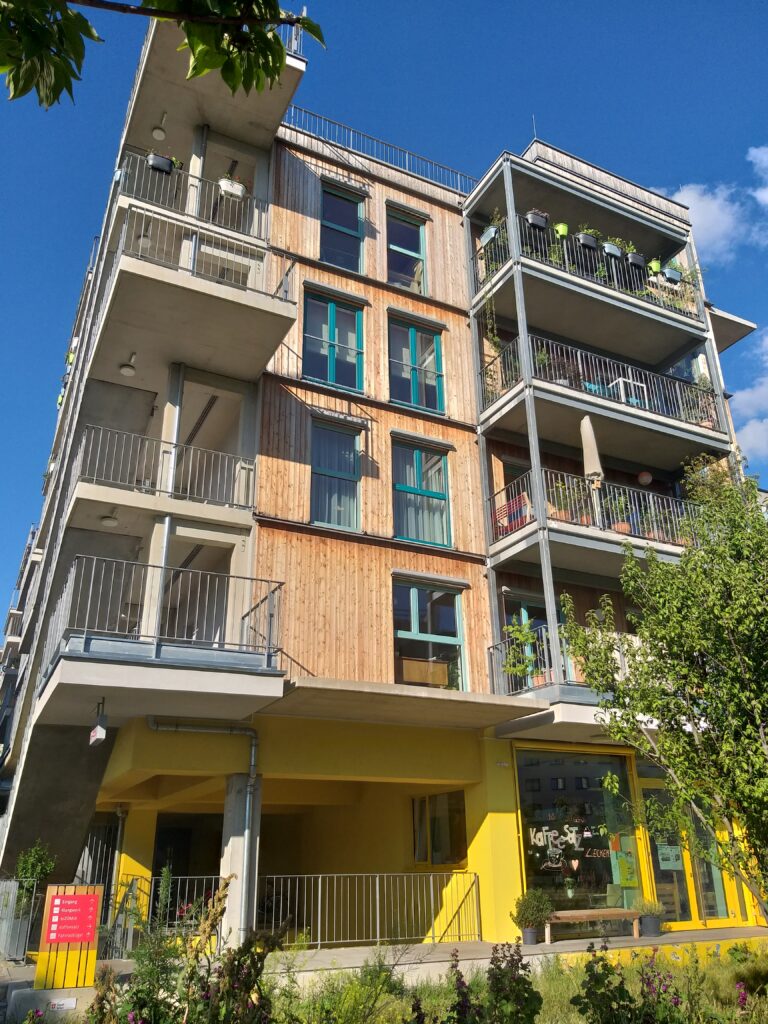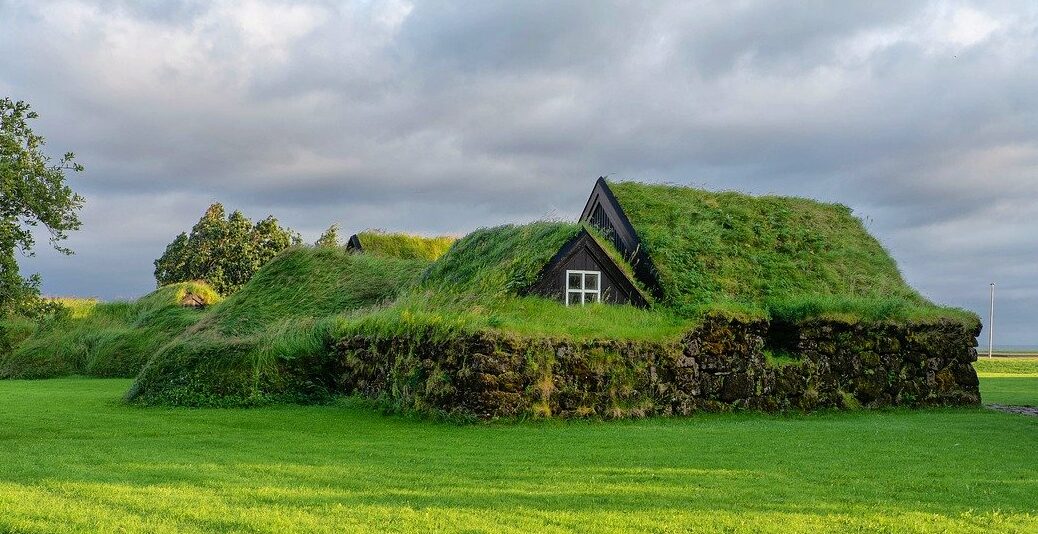The imperative of continuous economic growth expects us to consume endlessly – food, clothes, household appliances. As a result of this mass consumption, we stop respecting objects. We throw them away instead of repairing them, we waste food. We deplete the planet’s resources and destroy the environment. Economic growth also needs our tendency towards individualism and competition, and this makes the desire to cooperate with others, although equally natural, increasingly absent. We becomegradually isolated and unhappy.
Can less be more, not only in architecture?
I would answer positively 🙂 That is why I am so hopeful about the motivations that make people want to return to living more intimately with each other and restore the culture of sharing objects, skills and time. They want to feel the spirit of collaboration, regain a sense of community and create a new lifestyle while minimising their impact on the environment And cohousing is a way for them to achieve their goal.
And from my observations, they are achieving it. Often the private flats created in such projects, thanks to the design of many common areas in the building, are significantly smaller than analogous flats sold traditionally. So less energy is used and the carbon footprint is reduced. There is no need for an individual washing machine in the bathroom, an extra room for guests, an office for work or a playroom for children. Such spaces can be shared with other residents whom you know well and with whom you have learned to work together during the project.
A culture of sharing is created – not everyone has to have a car, you can share them. It is the same with objects that we don’t use every day. Together we can buy food, grow vegetables in the garden or exchange skills. We also share our attention by offering support when the other person needs it, for example in childcare.
The next challenge – climate change
An issue that cohousing groups are also trying to tackle is climate change. It is remarkable how much innovation and ecology there is in their projects. Sometimes I get the feeling that some kind of competition has arisen in terms of which building will be more innovative. Wooden construction, passive buildings, recycled materials, heat recovery systems from mechanical ventilation are already standards that cannot be not used. And the buildings being constructed are being recognised. This year, the Spanish cooperative La Borda received the Mies van der Rohe Award for contemporary architecture. The building created by Gleis 21 in Vienna was also honoured.

You may say that the existence of such projects has no potential to transform society as a whole. I can only answer that big changes were very often preceded by small ones. That is why it is worth trying 🙂 .
